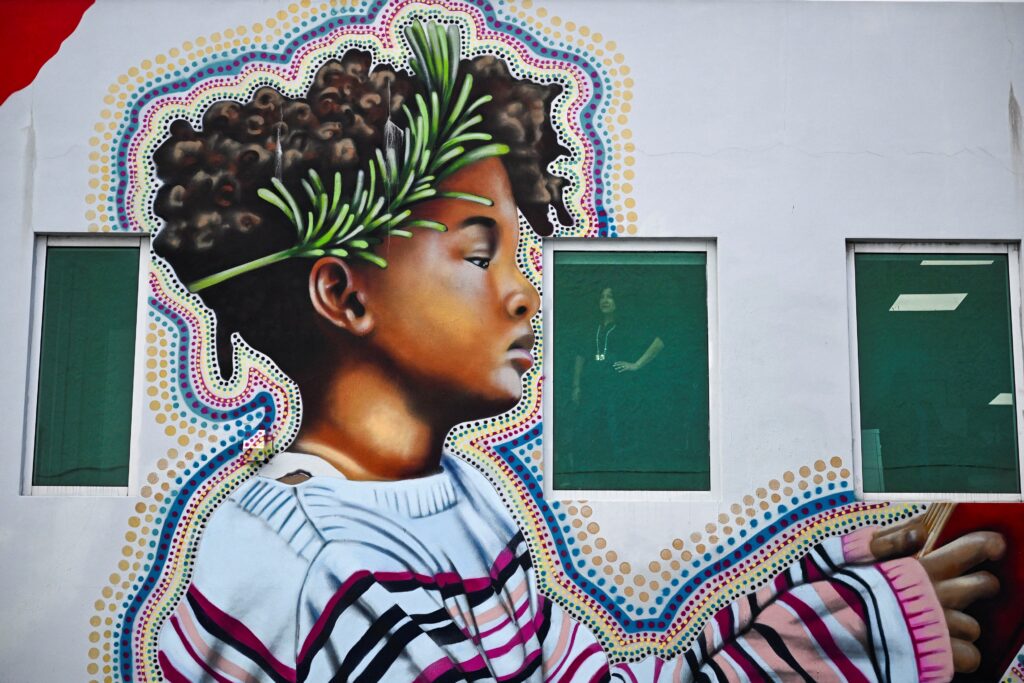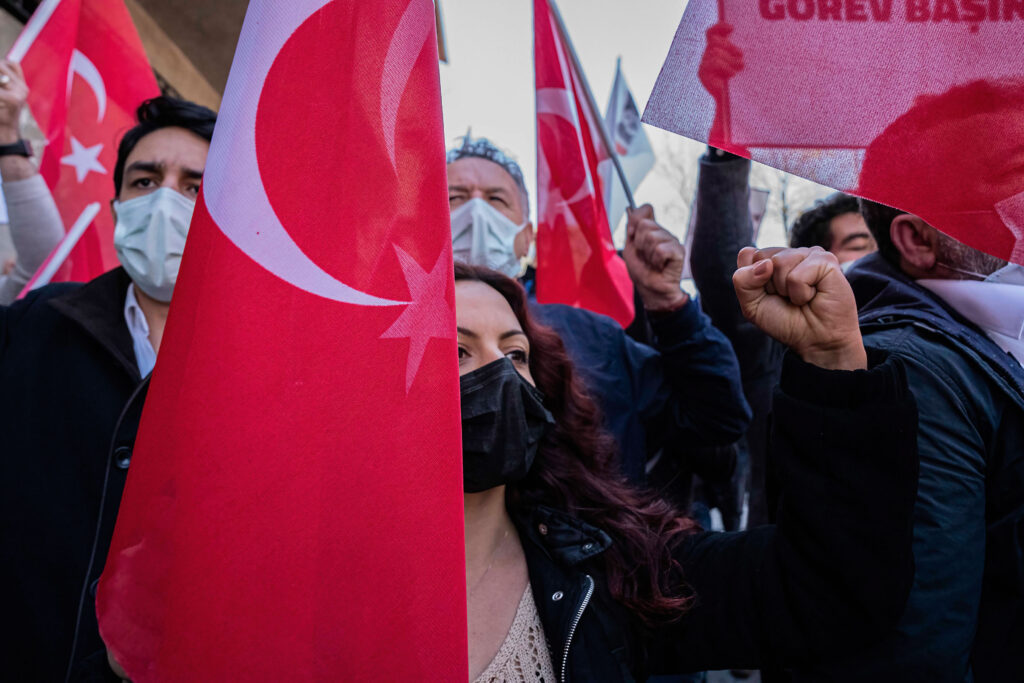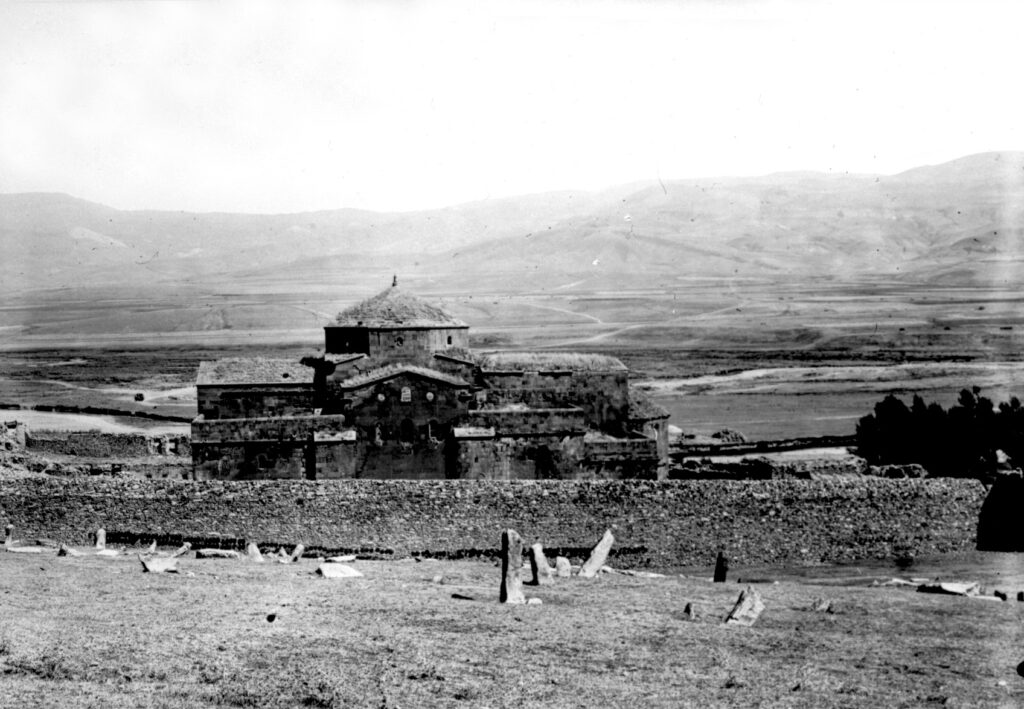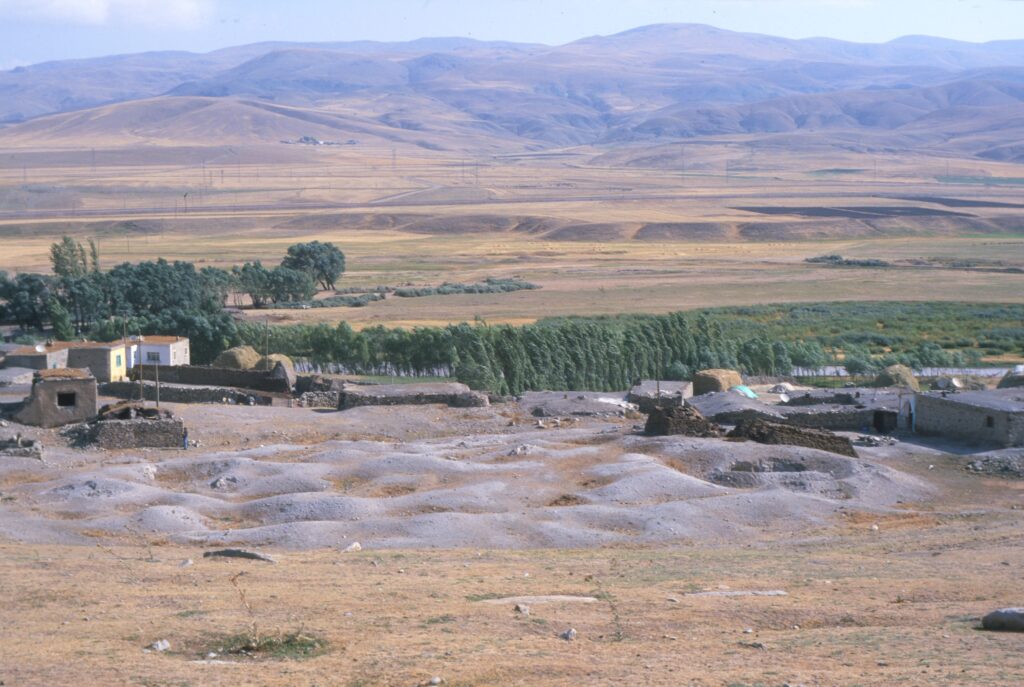What Does the Armenian Genocide Have to Do With Florida?

in january, the Florida Department of Education rejected an Advanced Placement high school course on African American studies. The decision has been widely seen as part of Florida Gov. Ron DeSantis’ “anti-woke” efforts to ban schools from covering issues of race, racism, and injustice in U.S. history. Since the uproar, the College Board, the organization that develops AP courses, has issued a revised plan for the course, which omits some of the allegedly controversial content.
This right-wing crusade to censor history is not unprecedented in the United States—the last half-century has seen book burnings and public library battles aplenty. But Americans have not seen a concerted legislative effort to restrict teaching about injustices in the country’s past since the Red Scare of the 1950s. At the university level, DeSantis wants to mandate courses about Western civilization, eliminate faculty tenure, and defund diversity, equity, and inclusion (DEI) programs.
To understand the long-term consequences of this path of repressing a nation’s inglorious past, we can look to another country with collective violence at its origins: Turkey.
For over a century, Turkish leaders have denied the Armenian genocide, the systematic program of ethnic cleansing carried out by the Ottoman Empire that resulted in the deaths of as many as 1.5 million Armenians in Anatolia between 1915 and 1921. This period of staggering violence financed the emergence of the Turkish Republic out of the ashes, bones, and estates of the victims.
Today in Turkey, one regularly encounters expressions of anger from the political class over accusations of genocide. Turkish schools are mandated to teach the denial of the Armenian genocide, and in 2017, the Turkish parliament banned its lawmakers from using the term “Armenian genocide,” along with “Kurdistan” and “Kurdish regions.” And, as my recent analysis has shown, foreign archaeologists have been complicit in sanitizing Turkey’s history.
As an archaeologist who has excavated in Armenia and the wider South Caucasus for three decades, I have become increasingly interested in how colleagues who work in Turkey handle the lingering traces of Armenian heritage and its destruction. Archaeologists conducting research in Anatolia work amid ruins, artifacts, and skeletal remains that testify both to centuries of Armenian communities and their violent end.
As research into archaeology’s role in nationalist projects has clearly demonstrated, knowing the past is vital to understanding the present. Typically, nations valorize portions of the past, allowing less savory episodes to recede from popular imagination. As a discipline of memory and memorialization, archaeology can aid this process, providing material evidence for nationalistic narratives. But archaeology can also bear witness to past injustices, uncovering remains that disprove or complicate such narratives.
The Armenian genocide’s 100th anniversary was in 2015. Turkish President Recep Tayyip Erdoğan had already begun taking an increasingly authoritarian turn. At the same time, Turkey had become more active in UNESCO’s World Heritage Committee, hosting their annual meeting in 2016. World Heritage has provided a platform that allows Turkey to disseminate state-sponsored narratives about the region’s past—narratives that place considerable pressure on foreign archaeologists.
As I observed these events, I began to wonder how foreign archaeologists working in Turkey were dealing with evidence of the Armenian genocide. My findings, recently published in Current Anthropology, document how over the last four decades, researchers have faced real or perceived state intimidation. Fearing retribution that would end their research programs, archaeologists have deliberately ignored Armenian place names, monuments, and human remains. And as a result, they’ve been coopted as accessories in Turkey’s century-old policy of genocide denial.
I began my study by delving through reports written by foreign archaeologists working in Turkey over the last half century. In these publications, I noticed several tactics scholars used to sidestep Armenian heritage. First, the archaeologists conspicuously avoided materials and eras that would raise the question of Armenian presence and force the follow-up question: “Where did they go?”
Next, they emphasized that a handful of undeniable Armenian remnants, such as the Church of the Redeemer at Ani and the Cathedral of the Holy Cross at Aghtamar, were used during the ninth to 11th centuries—a safe remove from the communities destroyed by the Ottoman Empire in the early 20th century. Finally, other enduring Armenian remains were de-ethnicized: referred to not as Armenian but as generically Christian or Byzantine, categories that are treated quite differently in official Turkish discourse.
Given my reading of the published archive, I sought to better understand the interests and experiences of the international archaeologists who created it. Many colleagues politely declined my interview requests; some refused to even answer my initial overtures. Ultimately, I was able to conduct formal interviews with eight anonymous scholars.
What I found was a pervasive climate of fear—fear of retribution, fear of expulsion, fear of permits revoked. This climate led projects to actively discourage any discussion of Armenians, even when researchers encountered remains of murdered individuals or the quiet witness of their living descendants.
This was the case for the most chilling testimony I encountered. An archaeologist recounted excavations in eastern Turkey amid the remnants of an Armenian village whose residents had been massacred and their land and homes expropriated during the genocide. One day, during the dig, a man started praying at the ruins of the Armenian church. It turned out he was the sole Armenian survivor of the village.
“He said he came every year to pay his respect for his ancestors. The bones of whom we excavated up on the top of the site, [each one] with a tiny hole on the back of the head,” the archaeologist explained. The bullet holes observed by the archaeologist clearly marked the skeletal remains as victims of the Armenian genocide.
The archaeologist continued, “Turkish authorities didn’t want to know. [We] didn’t report it. And the bones got chucked.”
This was not a singular occurrence. The archaeologist continued: “The next village where we worked was also an Armenian village. [The bones we found there] got chucked into the Euphrates.”
In my analysis, I concluded that state intimidation has nearly eliminated Armenian heritage from the archaeology of Anatolia. I called this blinkered vision “unseeing” after novelist China Miéville’s dystopian thriller The City and The City, a novel that seems set somewhere along Turkey’s troubled borderlands. By unseeing, I don’t simply mean ignoring parts of the past that are less grand or out of current academic fashion. Unseeing is skilled and deliberate inattention, which occurs when those in power want undesirable facts to disappear.
Like Turkey’s state policy of genocide denial, Gov. Ron DeSantis and the anti-woke right-wing are demanding that people in the U.S. unsee the collective violence and exploitation that lie at the founding of the nation. In Turkey, the goal of unseeing is a sanitized history that legitimates a monoethnic, monotheistic Turkish Republic—not dissimilar from the historical fairy tales that support white supremacy in the U.S.
But as Turkey shows, ignoring the violence of the past ensures that communities can never move beyond it to establish a free and equal future. Fatma Müge Göçek, a Turkish sociologist at the University of Michigan, draws a clear line from Turkey’s denial of the Armenian genocide to state violence and oppression throughout the following century. That violence extended first to other non-Muslims (that is, Greeks in the 1955 Istanbul Pogrom) and then to non-Turks (including Kurdish communities under attack since 1984).
In the United States, a refusal to acknowledge the suffering of slavery and colonial dispossession not only delays our collective search for a just society, it also opens the possibility of accepting injustice and cruelty as vital to the survival of the nation. Indeed, in Turkey, perpetrators of violence toward religious or ethnic minorities have been hailed as heroes.
Yet, unseeing is a weak form of repression. The archaeologists I interviewed all knew of the collective violence in Turkey’s past, and most were deeply resentful of the censorship required of them. Far from burnishing the nation’s image, unseeing has left archaeologists in Turkey not only ethically compromised, but also aimless. As Lafayette College historian Rachel Goshgarian noted in her response to my article, “What is [archaeologists’] work, really, if they are so fearful of seeing and writing about the past?”
The lesson from Turkey should commit archaeologists worldwide to resist demands that they unsee the past, documenting only a sanitized record purged of struggle, exploitation, violence, and victims. But more broadly, the Turkish case should serve as a caution for the U.S. and its continuing battle over the teaching of American history. A commitment to understanding America’s past demands that we not become complicit in DeSantis’ program of unseeing.
A citizenry fully informed of prior wrongs and able to commit to shared values of decency is prepared to look to the future. A deluded citizenry that believes in a nationalist fairy tale is perpetually worried about defending the past, lest the truth be seen. We must confront the past in its totality and brutality, with an eye to a more just and equitable future. Archaeologists can play a critical role in this process, if only we resist demands to unsee.



































